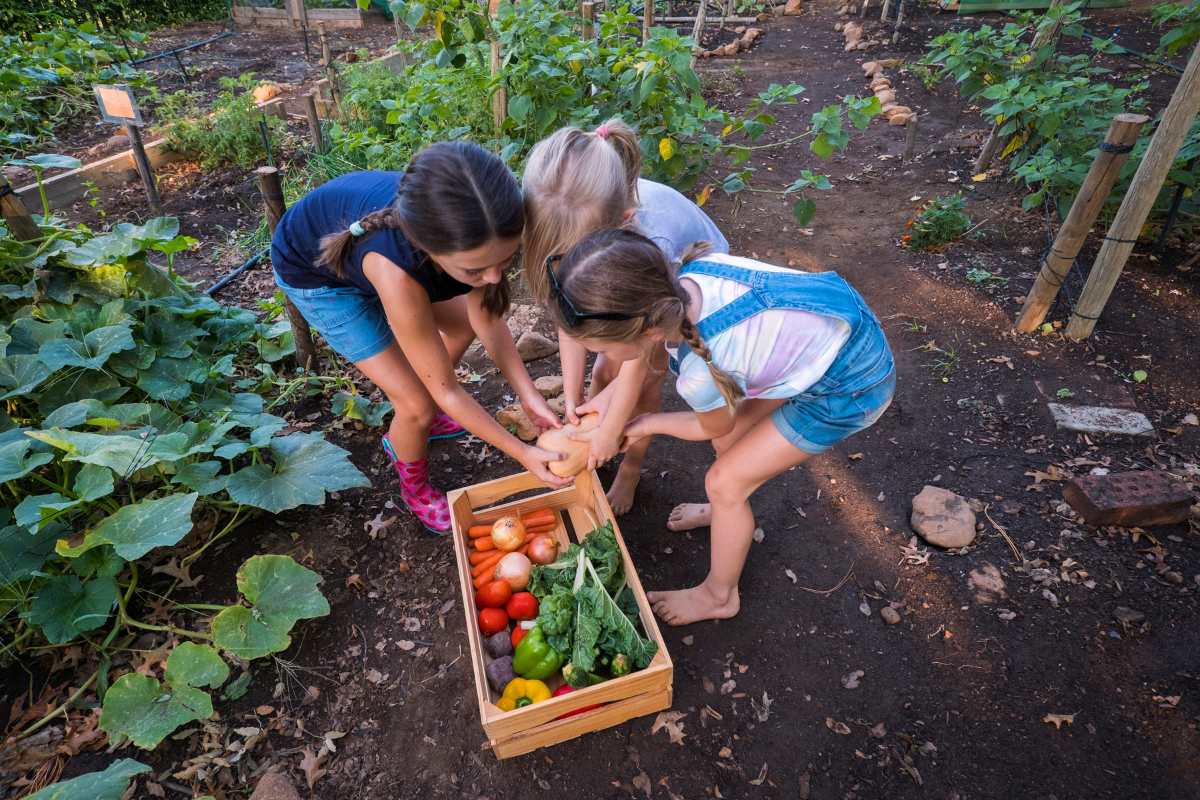
Choice Health Bar recently launched a kids’ menu featuring nutritious and organic, plant-based options for kids. As always, the meals utilize locally sourced ingredients wherever possible and offer healthy energy in tasty recipes that kids love.
Maui mom Cassie Johnson is a Registered and Licensed Dietitian who currently works with Kaiser Permanente teaching a plant-based eating class. She is also a longtime Choice customer. Cassie teamed up with Choice Health Bar to help with some tips for parents seeking healthy diet habits for the entire family.
“Ensuring our children are eating healthy nutritious food is so important to help them grow healthy and strong,” states Johnson. One of her top tips? Modeling healthy eating habits for kids, ensuring our children see us eating and enjoying wonderful, fresh, whole foods each day. “As parents, it is our responsibility to choose what to serve, when, and where, but it is important to let children decide how much and whether or not they eat it. We cannot force them to eat anything and ultimately, they need to choose healthy eating for themselves.”
Choose Plants Over Processed Foods
Focus on whole foods that are unprocessed or processed as little as possible. It can be helpful to think of the fruits or vegetables first when planning meals and allowing them to be the star of the show. Try to offer fruits and vegetables at least 5 times on most days.
Eat the Rainbow
Utilize a rainbow of different colors from fresh seasonal fruits and vegetables each day, as each color contains its own unique set of phytonutrients (plant nutrients). Children can get involved by helping to monitor how many different colors are attained each day.
Sourcing the Freshest Ingredients, Together
Bring your kids to the farmers market, farm, or store with you and ask for their help in picking out which fruits and vegetables they would like to try. Think about the goal of eating a rainbow and have your child help to choose produce from each color group.
Plan Your Plate
Rhythm and routine are so important for children, and this applies to meals as well. Cassie advises setting a regular snack and meal schedule with 3 meals and 2-3 snacks per day. Water should be offered in between meals and snack times. Allowing for flexibility makes this routine more realistic of course!
Eat the Rainbow
Blue/Purple – cabbage, eggplant, blackberries, blueberries, currents, figs, grapes, plums, raisins White/Brown – bean sprouts, cauliflower, daikon, mushrooms, onions, turnips, dates
Red – raspberries, strawberries, beets, peppers, guava, grapefruit, tomatoes, pomelo Orange/Yellow – carrots, mango, papaya, oranges, persimmons, bananas
Green – broccoli, asparagus, bok choy, snap peas, seaweed, watercress, zucchini, apples, grapes, kiwi
Plan your Plate
When thinking about a meal, it can be helpful to visualize the plate. Aim to fill ½ of your child’s plate with fruits and vegetables, ¼ with a healthy whole grain starch or starchy vegetable and ¼ with a healthy protein source. Remember that protein doesn’t need to be meat! Proteins are found in plant-based items like beans, peas, lentils, edamame, tofu or tempeh. Plant protein sources are also filled with fiber and many other nutrients that our bodies need. Whole grain starch examples can include brown rice, quinoa, whole grain pasta, corn tortillas, whole grain breads, etc. Examples of starchy vegetables are things like acorn squash, ulu (breadfruit), corn, green banana, sweet potato, peas, poi, and taro (kalo).
Incorporating Healthy Fats
Did you know that children require more fat in their diet than adults? Some great whole food fat sources are nuts and nut butters, seeds, avocados and olives.
Combating Picky Eating
Keep in mind that all new foods are strange to a child. Your child will learn to eat the same foods you eat, they just need time to get used it. Stay patient and remember that even if they just take one bite, slowly over time those tastes will help with the transition to a healthy diet. Aim to offer one new food at each meal, along with the more familiar foods. Some children will be more open to new foods than others, and it’s normal for your child not to like all the foods you give them.
Tips for Preparing Healthy Meals for Kids
- Try cooking a new meal as a family
- Get creative arranging food on the plate with funny faces and shapes
- Dipping makes it fun! Try dipping vegetables in peanut butter or a healthy dressing · Incorporate vegetables into sauces and smoothies
- Eat with your child. Show your child that you like the food too by eating the same meal
- Limit distractions and try to be present during mealtimes
- Involve your child as much as you can in the process of sourcing and preparing meals · Dine out at restaurants that serve unprocessed food utilizing fresh ingredients · Keep healthy eating positive and fun!
Resources for Healthy Kids
- For more information on sourcing and preparing healthy meals for kids, check out nutritionfacts.org
- https://nutritionfacts.org/video/tricks-to-get-kids-to-eat-healthier-at-home/ https://nutritionfacts.org/topics/children/
- View Choice Health Bar’s Keiki Bites menu at https://choicehealthbar.square.site
Remember that the most important predictor of children’s fruit and vegetable consumption is the parent’s fruit and vegetable consumption. It makes sense: if we want our kids to eat healthy, WE need to model healthy behavior. Establishing healthy habits in how we eat and move is the most helpful thing we can do for ourselves, and our children!
by Marina Scott, Choice Health Bar
Choice’s original, flagship location was recently lost in the devastating Lahaina wildfire. While the Whalers Village location is also temporarily closed,.Choice Health Bar in Paia is open EVERY DAY from 9am-4pm serving the Keiki Bites menu to all ages. The Choice Loyalty Program also offers points for each purchase, to be redeemed for free menu items. Visit choicehealthbar.com or follow @choicehealthbar on social for more information.



